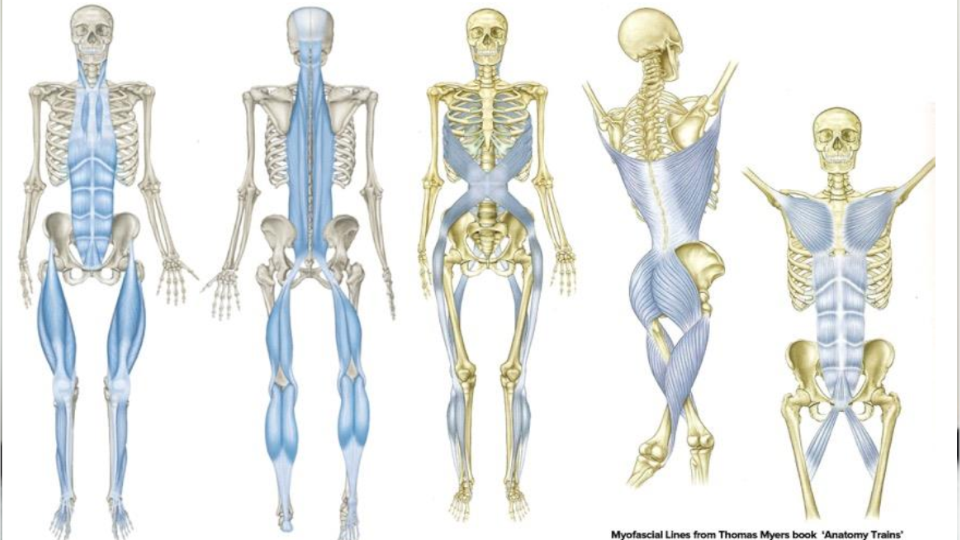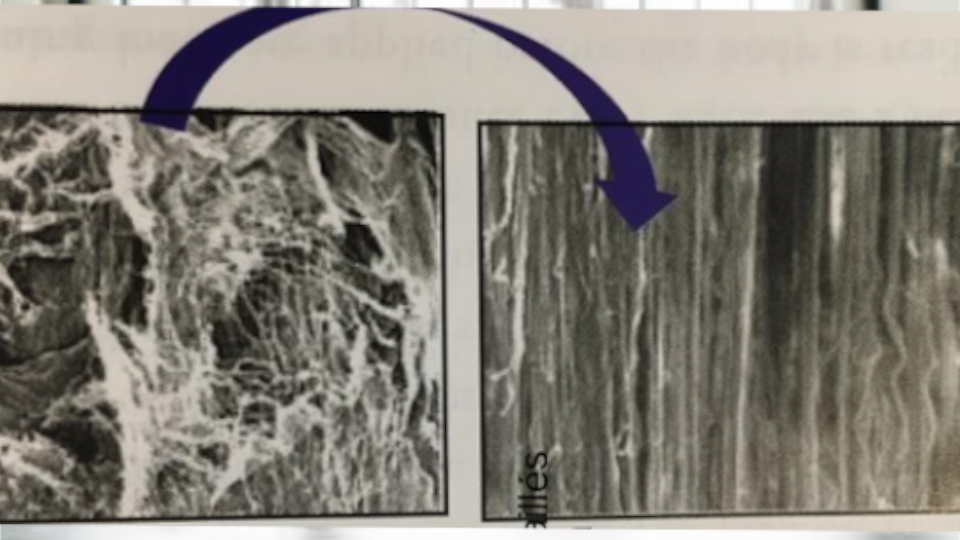Essere flessibili: tirare i muscoli è sufficiente? - Flexibility: Stretching muscles is enough?
- Apr 15, 2021
- 5 min read
(English version at the bottom)

Sentiamo parlare di mobilità ogni qualvolta entriamo in una palestra o in un club sportivo. Stretching passivo, dinamico, utilizzo del foamroll e via dicendo.
Vediamo sportivi che alternano esercizi su esercizi, ma che guadagnano poco in termini di elasticità. Questo dipende da diversi motivi, due dei quali, importanti, possono essere individuati in quantità di allenamenti o di tempi (vedremo perché non allenamenti) dedicati alla mobilità e struttura degli allenamenti stessi.
La mobilità e la flessibilità ci permettono di effettuare movimenti ampi, diminuendo il risco di incorrere in infortuni che possano rallentare lo sviluppo della nostra attività sportiva o, in casi più gravi, precludere determinate attività quotidiani per tempi più o meno lunghi.
La flessibilità è definita come la capacità di effettuare dei movimenti arbitrari con ampiezza ottimale delle articolazioni che sono coinvolte. Si parla di due tipi di flessibilità : attiva (raggiunta tramite un lavoro muscolare) o passiva (raggiunta tramite un aiuto esterno). La flessibilità passiva è maggiore di quella attiva e la differenza tra le due ci permette di avere una riserva di movimento che ci protegge dagli infortuni.
Quando nominiamo la flessibilità pensiamo all'elasticità dei muscoli. In realtà, divenire flessibili è un discorso molto più ampio e questa è la ragione per cui molti atleti amatoriali (e non) hanno difficoltà a raggiungere gli obbiettivi che si sono fissati in questo ambito.
Quattro strutture differenti sono coinvolte :
Articolazioni e legamenti
Muscoli e tendini
Catene fasciali / tessuto congiuntivo
Nervi e tessuti ad essi legati

Le articolazioni ci danno libertà di movimenti in base alla loro forma anatomica, questo è un limite alla nostra mobilità che non può essere evitato. Inoltre ci possono essere problematiche strutturali che hanno un effetto limitante sulla mobilità articolare e che possono essere superate, spesso, attraverso
interventi chirurgici.
La muscolatura è il gruppo su cui noi atleti possiamo lavorare bene. Sono strutture elastiche che possono essere tirate e possono influire la mobilità di una o più articolazioni. Sono responsabili dei movimenti articolari, che creano con un complesso alternarsi di tensioni e rilassamenti tra di loro (muscoli agonisti e antagonisti).

Il tessuto congiuntivo (fascia) è un campo di studio abbastanza recente, ma sta dando molti spunti a livello di risultati, mano a mano che la ricerca migliora e le scoperte aumentano. I fascia sono strutture continue (vanno da un capo all'altro del corpo) che danno solidità al corpo nel suo insieme, permettendo dei movimenti armoniosi. Problematiche a questo tessuto connettivo possono portare ad avere dolori (o altro) in zone molto distanti rispetto a dove il problema è realmente.
I nervi non sono elastici, ma sono attorniati da delle guaine protettive nelle quali devono poter scivolare.
Lo stretching, per essere utile e portare buoni risultati deve lavorare sulle ultime 3 strutture.
Esercizi di stretching per la muscolatura sono importanti, ma se non inseriti in un sistema che tocca anche strutture fasciali e nervi, avranno un impatto minimo sull'elasticità complessiva.

La struttura fasciale è molto idratata, e composta da più superfici connettive che glissando tra di loro con un tasso che è attorno al 65%. Queste strutture, se un individuo è sedentario, tendono a perdere linearità strutturale e idratazione.
L'increspatura della struttura e una mancanza di idratazione, si traducono in una perdita della capacità di scivolamento (da 65% a 50% o più). Per non incorrere in queste problematiche è necessario, in primis, avere un'attività fisica corretta (e non essere sedentari). Successivamente, l'utilizzo di serie di esercizi mirati a "pulire" la struttura e creare maggiore idratazione che permettano più mobilità all'interno del tessuto congiuntivo. Essendo questo tessuto colmo di terminazioni nervose, un lavoro corretto risulterà in minori dolori e fastidi.
La struttura neuronale ha, anch'essa, un margine di miglioramento. Come detto i nervi non sono elastici ma è possibile, agendo sulle strutture fasciali, diminuire la pressione su di essi. Inoltre, un lavoro corretto porterà all'aumento della capacità di risposta al dolore, quindi a un'innalzamento della soglia e a una maggiore ampiezza di movimento.
Adesso che si intravvede la complessità delle
strutture sono coinvolte nella mobilità del nostro corpo, è molto più semplice capire perché è così importante eseguire dei programmi di mobilità che abbiano senso.


We hear talking about mobility every time we walk into a gym or a dressingroom. Passive stretching, dynamic stretching, foamroll use and so on.
We see athletes who alternate between exercises and exercises, but gain little in terms of elasticity. This depends on several reasons, two of which, important, can be found in the amount of training or time dedicated to mobility and structure of the mobility workouts themselves.
Mobility and flexibility allow us to make wide movements, decreasing the risk of injuries that can slow down our sport development or, in more serious cases, preclude certain daily activities for undisclosed periods of time.
Flexibility is defined as the ability to make arbitrary movements with optimal amplitude of the joints that are involved. There are two types of flexibility: active (achieved through muscular work) or passive (achieved through external help). Passive flexibility is greater than active flexibility and the difference between the two allows us to have a reserve of movement that protects us from injury.
When we mention flexibility we think of muscles' elasticity. In reality, becoming flexible is a much broader discourse and this is the reason why many amateur athletes (and not) have troubles reaching their goals in this area.
Four different structures are involved:
Joints and ligaments
Muscles and tendons
Fascial chains/conjunctive tissue
Nerves and related tissues

Joints give us freedom of movement based on their anatomical shape, this is a limitation to our mobility that cannot be avoided. In addition, there may be structural issues that have limiting effects on joint mobility that can often be overcome only through surgery.
Muscles are the group that we, as athletes, can work better on. They are elastic structures that can be stretched and can affect the mobility of one or more joints. They are responsible for joint movements, which they create with a complex alternation of tension and relaxation between them (agonist and antagonist muscles).

Conjunctive tissues (fascia) is a fairly recent field of study, but it is yielding many insights as researches improve and discoveries increase. Fascia are continuous structures (they run from one end of the body to the other) that give solidity to the body as a whole, allowing armonious movements. Problems with this connective tissue can lead to pain and problems in areas far from where the problem really is.
Nerves are not elastic, but are surrounded by protective sheaths in which they must be able to slide.
Stretching, to be useful and bring good results must work on the last 3 structures.
Stretching exercises for the muscles are important, but if not included in a system that also touches fascial structures and nerves, will have little impact on overall elasticity.

The fascial structure is very hydrated, and composed of multiple connective surfaces that glide on each other at a rate that is around 65%. These structures, if an individual is sedentary, tend to lose structural linearity and hydration.
Rippling of the structure and a lack of hydration, results in a loss of gliding ability (25% or more). In order not to run into these problems, it is necessary, first of all, to have a correct physical activity (and surely not be sedentary). Subsequently, the use of series of exercises aimed at "cleaning" the structure and create more hydration that allow more mobility within the conjunctive tissues. Since these tissues are full of nerve endings, proper work will result in less pain and discomfort.
The neuronal structure also has room for improvement. As mentioned, nerves are not elastic but it is possible, by acting on the fascial structures, to decrease the pressure on them. In addition, a correct work will lead to an increase in the ability to respond to pain, then to an increase of the threshold and a greater range of motion.
Now that we get a better idea of the complexity of the structures are involved in our body's mobility, it will be much easier to understand why it's so important to run mobility programs that make sense.










Comments